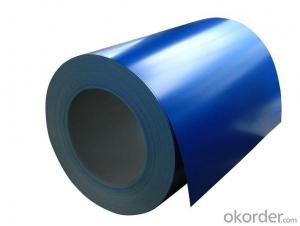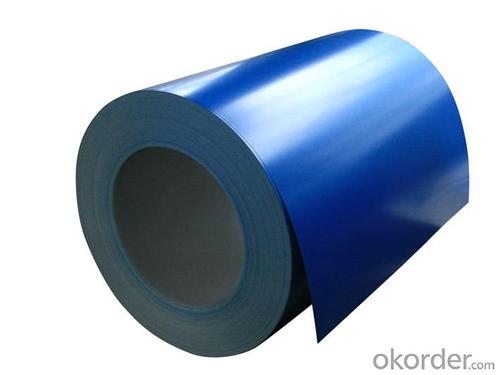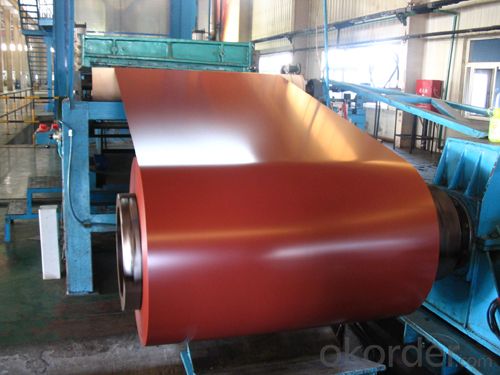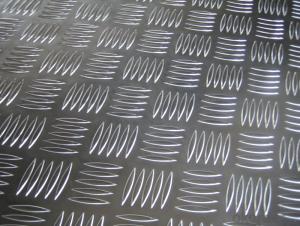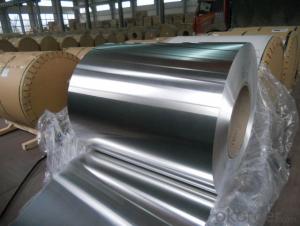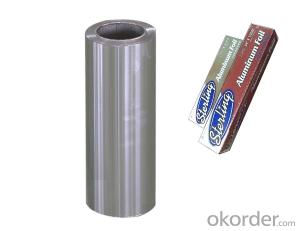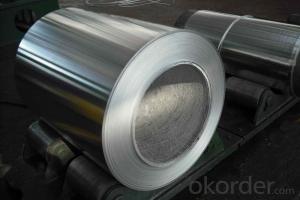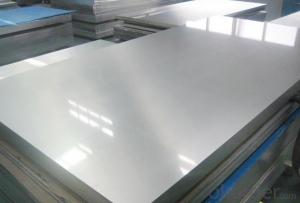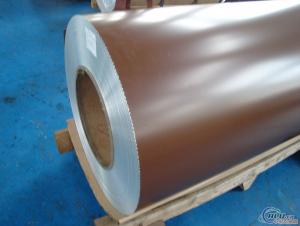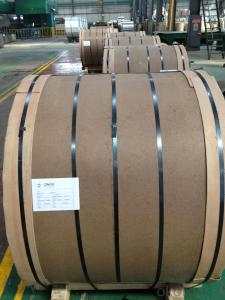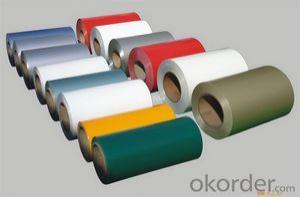Wholesale Painted Aluminum Sheets - PE Coated Aluminium Coils AA3003 for Decoration
- Loading Port:
- Shanghai
- Payment Terms:
- TT OR LC
- Min Order Qty:
- 5 m.t.
- Supply Capability:
- 20000 m.t./month
OKorder Service Pledge
OKorder Financial Service
You Might Also Like
Specification
1.Structure of PE Coated Aluminium coils for Decoration
PE Coated aluminium coils are widly used in decoration field. For the painting, it depends on the using evironment. If you use in the open air, we recommend the PVDF coated aluminium coils. This kind of painting can last 15-20 years. If you use in the room, we recommend PE coated aluminium coils. The price is much more competitive.
2. Main features of PE Coated Aluminium Coils for Decoration
a.Competitive price---We have our own mills and can produce mill finished aluminium coils, so we can control the production cost better.
b.Professional after-sale service---We have more than 15 years exportation experience and you need not worry about the exporation problems.
c.Fast delivery time---We can control the delivery time within 35 days.
3. Image
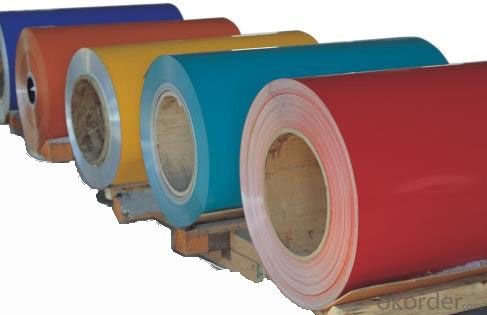
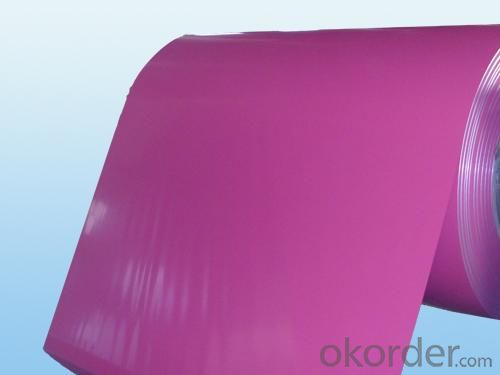
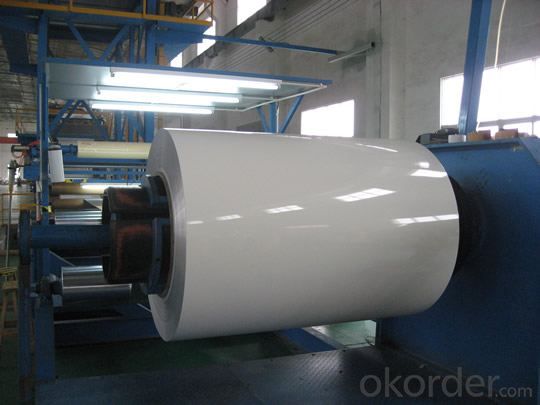
4. Product Specification
| Alloy | Temper | Coating Thickness | Thickness | Width |
| AA1100 | H14 | 20-25 MICRONS | 0.2MM-2MM | 1000MM-1500MM |
5.FAQ:
What is the quality standard?
---Usually our standard is GB3880-2006
What is the largest width?
---It is 2300mm
What is the MOQ?
---Usually we can accept 80 tons.
- Q: What is the thickness of an aluminum sheet?
- The thickness of an aluminum sheet can vary depending on its specific application and desired properties. Standard aluminum sheet thicknesses can range from 0.2 millimeters (0.008 inches) to several millimeters (0.1 inches or thicker).
- Q: Can 101 aluminum sheets be used in architectural cladding?
- Yes, 101 aluminum sheets can be used in architectural cladding. Aluminum is a popular choice for architectural cladding due to its lightweight, durability, and corrosion resistance. The grade 101 aluminum sheets are commonly used in architectural applications as they offer good formability and are easily workable. These sheets can be easily cut, shaped, and joined together to create customized cladding solutions. Additionally, aluminum can be coated or anodized to enhance its appearance and provide additional protection against weathering. Therefore, 101 aluminum sheets are suitable for architectural cladding projects.
- Q: are there any hazards in aluminium?
- Some. The chemical aluminum can get into your blood accumulate. Years ago, there was a study of weather blood aluminum was the cause of Alzheimer disease. Was proven not to be. But that study helped to reduce the amount of aluminum in deodorant sticks.
- Q: Is aluminium plate the same as aluminium alloy?
- Oh, No. aluminum contains only aluminum, and there are some other metals besides aluminium.
- Q: I don't know if the electrons are being passed from my hand to the aluminum or from the aluminum to my hand.Thanks
- Aluminum is a metal and a good conductor of electricity. If you touch it, it will get grounded, so it will be neutral. You cannot charge a metal up by touching it with your hand unless you are not grounded yourself. If you are standing on a piece of plastic, say, then it will take whatever charge is on you. If you are positive, it will become positive. If you are negative, it will become negative. But you must be insulated from ground to do that. If you are touching the ground then any charge on the aluminum will just flow out of the metal through you to ground and the aluminum will stay neutral
- Q: Can aluminum sheets be anodized for improved corrosion resistance?
- Yes, aluminum sheets can be anodized to enhance their corrosion resistance. Anodizing is an electrochemical process that creates a protective oxide layer on the surface of the aluminum, making it more resistant to corrosion and increasing its durability.
- Q: Are aluminum sheets suitable for use in harsh chemical environments?
- Yes, aluminum sheets are suitable for use in harsh chemical environments. Aluminum has excellent resistance to many chemicals, including acids, alkalis, and organic solvents. It forms a protective oxide layer on its surface that helps prevent corrosion. Additionally, aluminum is lightweight, durable, and cost-effective, making it a popular choice for various industrial applications in harsh chemical environments. However, it is important to note that the suitability of aluminum sheets in specific chemical environments may also depend on factors such as temperature, concentration, and duration of exposure to the chemicals. It is always recommended to consult with experts or refer to specific chemical compatibility charts to ensure the appropriate selection of materials for a given chemical environment.
- Q: Are aluminum sheets suitable for chemical filtration applications?
- Yes, aluminum sheets are suitable for chemical filtration applications. Aluminum is resistant to corrosion, making it an ideal material for filtering chemicals. It is also lightweight and has high thermal conductivity, allowing for efficient heat transfer during filtration processes.
- Q: Are aluminum sheets suitable for use in HVAC (heating, ventilation, and air conditioning) systems?
- Yes, aluminum sheets are suitable for use in HVAC systems. They offer several advantages such as high thermal conductivity, corrosion resistance, and lightweight nature, making them ideal for efficient heat transfer and durability in HVAC applications.
- Q: Can aluminum sheets be welded or joined together?
- Yes, aluminum sheets can be welded or joined together. Aluminum is a highly weldable material and can be joined using various welding techniques such as gas tungsten arc welding (GTAW), gas metal arc welding (GMAW), and laser welding. These techniques utilize heat to melt the aluminum sheets and create a strong bond. Additionally, aluminum sheets can also be joined using mechanical fasteners like screws, rivets, or adhesive bonding. The choice of welding or joining method depends on the specific application and desired outcome.
Send your message to us
Wholesale Painted Aluminum Sheets - PE Coated Aluminium Coils AA3003 for Decoration
- Loading Port:
- Shanghai
- Payment Terms:
- TT OR LC
- Min Order Qty:
- 5 m.t.
- Supply Capability:
- 20000 m.t./month
OKorder Service Pledge
OKorder Financial Service
Similar products
Hot products
Hot Searches
Related keywords
